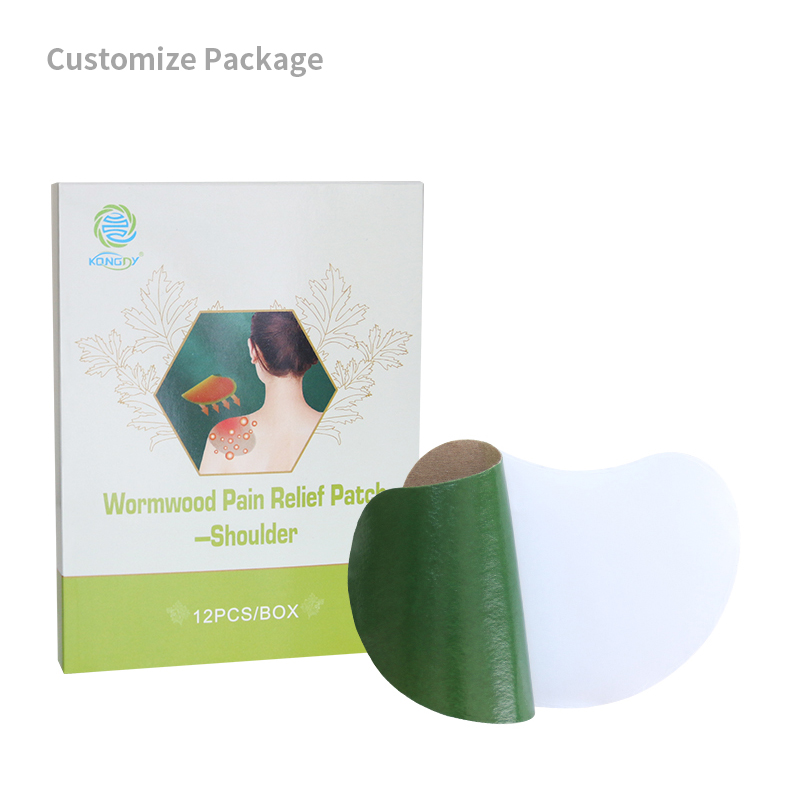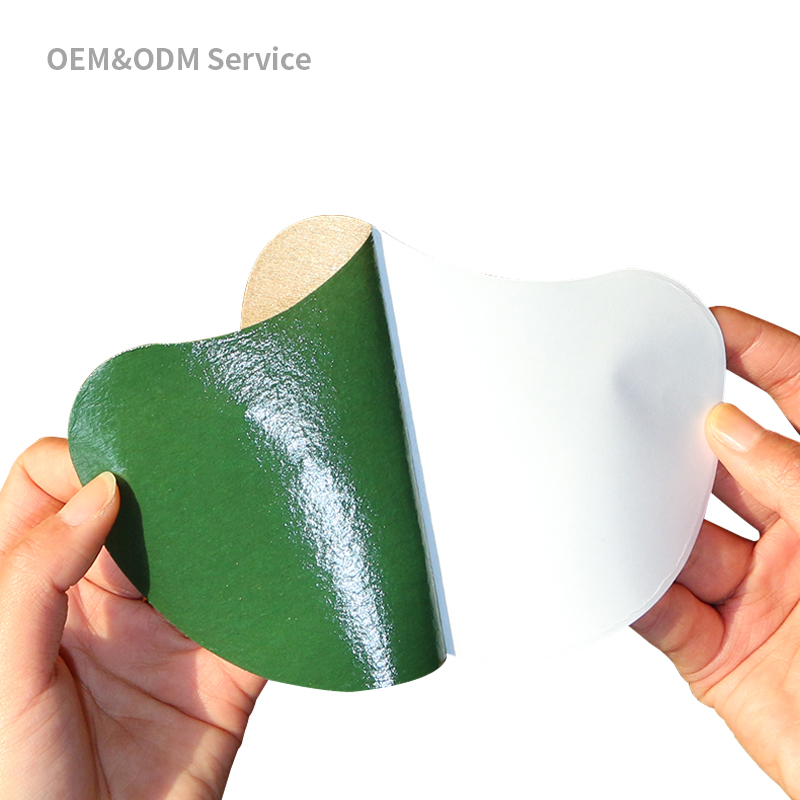What Are the Key Ingredients in Shoulder Pain Patches?
Shoulder pain patches have become a popular solution for managing pain due to their convenience and effectiveness. These patches are designed to deliver medication directly to the site of pain, providing targeted relief. Understanding the key ingredients in shoulder pain patches can help users make informed decisions about which products are best for their needs. This article explores the primary components found in these patches, their functions, and the benefits they offer.

Common Ingredients in Shoulder Pain Patches
Shoulder pain patches typically contain active ingredients that provide analgesic (pain-relieving) and anti-inflammatory effects. The following are some of the most commonly used ingredients:
Menthol
Menthol is a natural compound derived from mint plants. It is widely used in pain relief products due to its cooling effect, which can provide temporary relief from minor aches and pains. Menthol works by stimulating the cold receptors in the skin, creating a cooling sensation that can distract from the pain.
Benefits:
- Provides quick, temporary pain relief.
- Creates a cooling sensation that soothes discomfort.
Lidocaine
Lidocaine is a local anesthetic that works by blocking nerve signals in the body. It is commonly used in patches for its ability to numb the area of application, providing significant pain relief.
Benefits:
- Effective in numbing localized pain.
- Provides long-lasting pain relief when used in patches.
Capsaicin
Capsaicin is derived from chili peppers and is known for its heat-inducing properties. It works by depleting a neurotransmitter called substance P, which is involved in sending pain signals to the brain. Over time, this reduces the sensation of pain.
Benefits:
- Provides a warming sensation that can help alleviate pain.
- Effective for long-term pain relief with regular use.
Nonsteroidal Anti-Inflammatory Drugs (NSAIDs)
NSAIDs such as diclofenac and ibuprofen are used in some shoulder pain patches to reduce inflammation and pain. These medications work by inhibiting enzymes that cause inflammation.
Benefits:
- Reduces inflammation and swelling.
- Provides effective pain relief for conditions like arthritis.
Salicylates
Salicylates, such as methyl salicylate, are related to aspirin and are used for their pain-relieving and anti-inflammatory properties. They help to reduce pain and swelling at the site of application.
Benefits:
- Provides anti-inflammatory effects.
- Helps in reducing pain and swelling.
Benefits of Key Ingredients
Targeted Pain Relief
One of the primary advantages of shoulder pain patches is the ability to deliver medication directly to the site of pain. This targeted approach ensures that the active ingredients are concentrated where they are needed most, leading to more effective pain management.
Reduced Systemic Side Effects
Unlike oral medications, which must be absorbed into the bloodstream and distributed throughout the body, the ingredients in shoulder pain patches primarily affect the area of application. This localized delivery reduces the risk of systemic side effects, making patches a safer option for many individuals.
Variety and Customization
Shoulder pain patches are available with a variety of active ingredients, allowing users to choose the best option for their specific needs. Manufacturers, OEMs, and suppliers offer a range of products, including custom and private label patches, to meet diverse consumer preferences.
How Shoulder Pain Patches Work
Shoulder pain patches work by delivering their active ingredients through the skin (transdermally) to the underlying tissues. The process involves:
- Application: The patch is applied directly to the skin over the area of pain.
- Absorption: The active ingredients are absorbed through the skin and reach the underlying muscles and joints.
- Action: The ingredients exert their effects, such as numbing the area, reducing inflammation, or providing a cooling or warming sensation.
- Relief: Pain is alleviated, allowing for improved mobility and comfort.
Choosing the Right Shoulder Pain Patch
When selecting a shoulder pain patch, it’s important to consider the specific ingredients and their benefits. Different patches are formulated to address various types of pain, from acute injuries to chronic conditions like arthritis. Consulting with a healthcare professional can help determine the most suitable patch based on individual needs and medical history.
The Role of Manufacturers and Suppliers
The quality and effectiveness of shoulder pain patches depend significantly on the manufacturers and suppliers. Reputable Shoulder Pain Patches manufacturers, OEMs, custom producers, and private label suppliers ensure that their products meet high standards of safety and efficacy. These entities often invest in research and development to create innovative formulations that cater to the evolving needs of consumers.
Related Questions
1. How long should I wear a shoulder pain patch?Most shoulder pain patches are designed to be worn for 8-12 hours, although some can be worn for up to 24 hours. Always follow the manufacturer’s instructions for the best results.
2. Can I use shoulder pain patches if I have sensitive skin?Yes, but choose patches specifically designed for sensitive skin and perform a patch test before full application. If irritation occurs, discontinue use and consult a healthcare professional.
3. Are shoulder pain patches safe for long-term use?Shoulder pain patches are generally safe for long-term use when used as directed. However, it’s important to consult with a healthcare professional to avoid potential side effects or interactions with other medications.
4. Where can I buy high-quality shoulder pain patches?High-quality shoulder pain patches can be purchased from pharmacies, online retailers, and directly from reputable manufacturers, OEMs, and private label suppliers.
5. Can I combine shoulder pain patches with other pain relief methods?Yes, shoulder pain patches can often be used in conjunction with other pain relief methods, such as physical therapy or oral medications. However, consult with a healthcare professional to ensure there are no interactions or contraindications.
Conclusion
Understanding the key ingredients in shoulder pain patches is essential for making informed decisions about pain management. Ingredients like menthol, lidocaine, capsaicin, NSAIDs, and salicylates each offer unique benefits that can address various types of pain. By choosing high-quality products from reputable Shoulder Pain Patches manufacturers, OEMs, custom producers, and private label suppliers, users can achieve effective and safe pain relief tailored to their specific needs.






